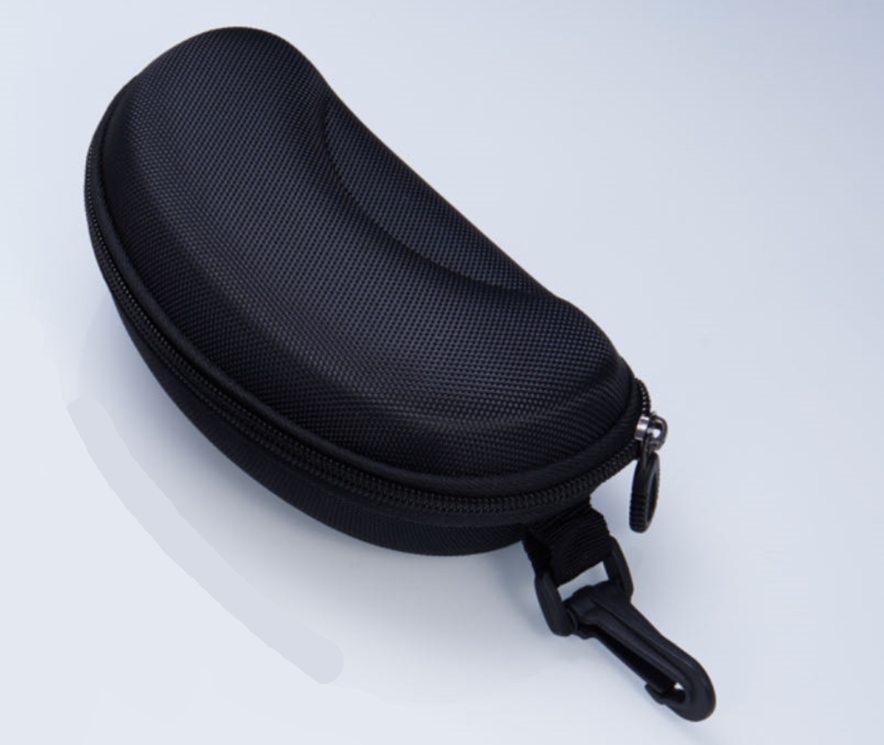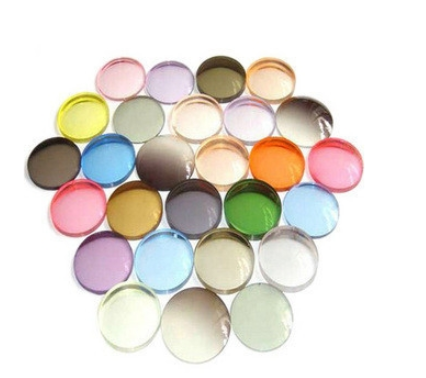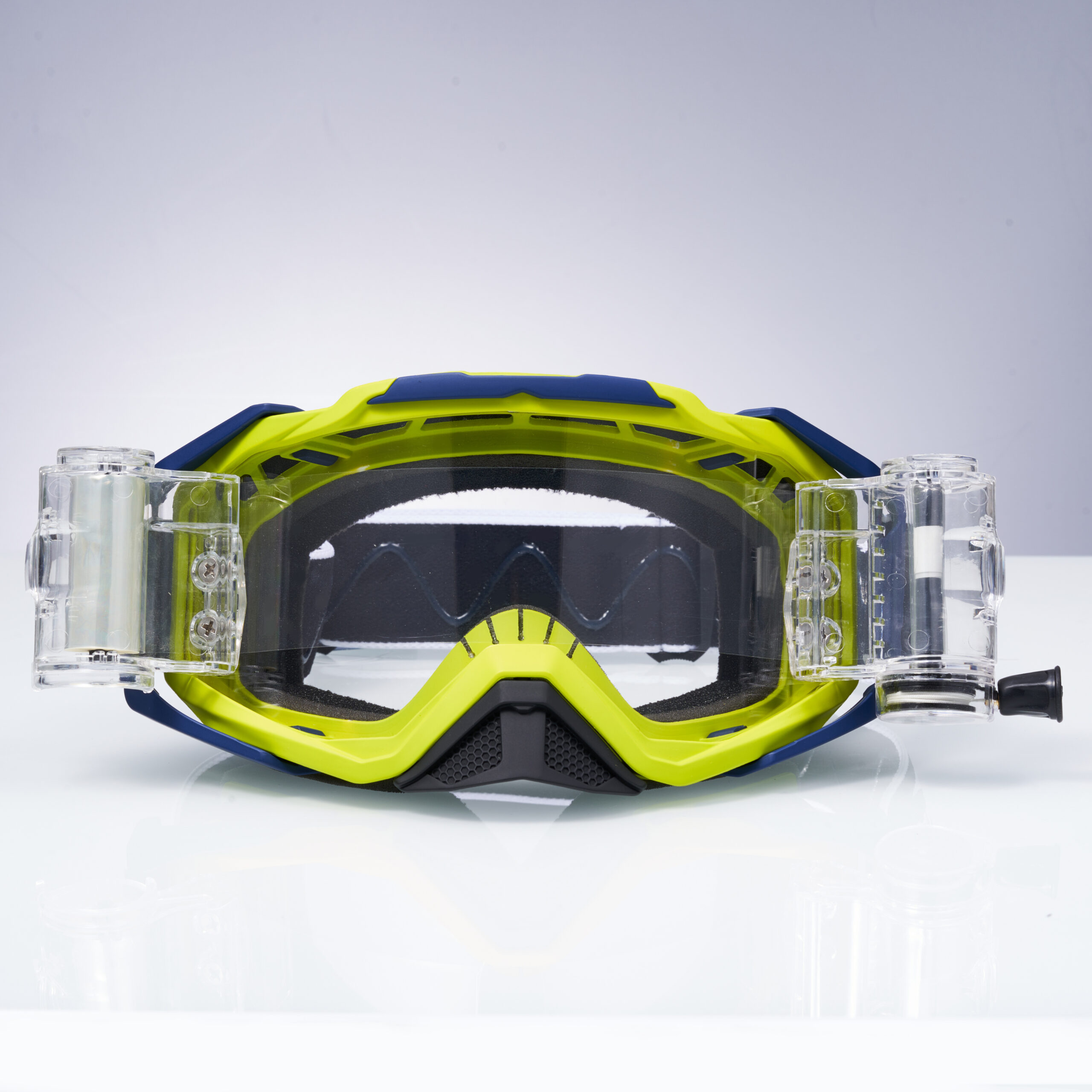Winter sports carry a certain level of risk and can easily cause physical injuries, with facial and eye injuries being the most common. Therefore, protective gear for the face and eyes (such as ski goggles) is particularly important during these activities. Choosing the right ski goggles is crucial for novice skiers, as they not only protect the eyes from UV rays, wind, and snow but also provide clear vision, ensuring safety while skiing. Here are some key factors for beginners to consider when selecting ski goggles:
1. Lens Color and VLT (Visible Light Transmission)
The color of the lens affects the VLT, which is the percentage of light that passes through the lens. Different colors are suited for different light conditions:
- Sunny days: Choose low VLT (5-20%) lenses, such as dark, mirrored lenses (black, dark gray).
- Cloudy and overcast days: Choose medium VLT (20-60%) lenses, such as amber, yellow, rose.
- Night skiing: Choose high VLT (60%+) lenses, such as clear or light yellow lenses.
Lens Tint: Choose the lens tint based on typical weather conditions. Different categories of lens tints include:
- S0:Transmits 80-100% of light, suitable for snowy and foggy weather.
- S1: Transmits 43-80% of light, suitable for cloudy days.
- S2: Transmits 18-43% of light, suitable for overcast and snowy conditions (mainly used).
- S3: Darker lenses that transmit 8-18% of light, suitable for sunny days (mainly used).
- S4: Very dark lenses that transmit 3-8% of light, suitable for extremely bright, sunny weather.
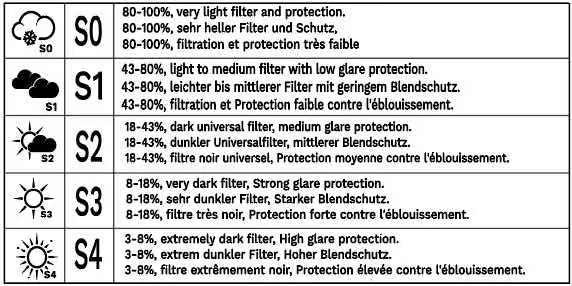
2. Ventilation and Anti-Fog Features
Ventilation refers to the ventilation system.
If the lens fogs up, your visibility will be poor, and you won’t be able to ski confidently. Many ski goggles have vents at the top and bottom of the lenses to allow air circulation. Each manufacturer carefully develops various technologies and designs, from the shape of the vents to the materials used to cover them.
In addition to ventilation, there are other technologies to prevent lens fogging. Choosing goggles with anti-fog coatings and double-layer lens designs can effectively prevent fogging.
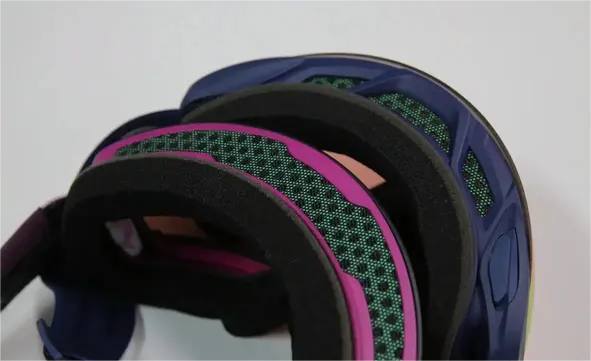
3. Frame and Lens Shape
- Spherical lenses: Provide a wider field of vision and reduce distortion.
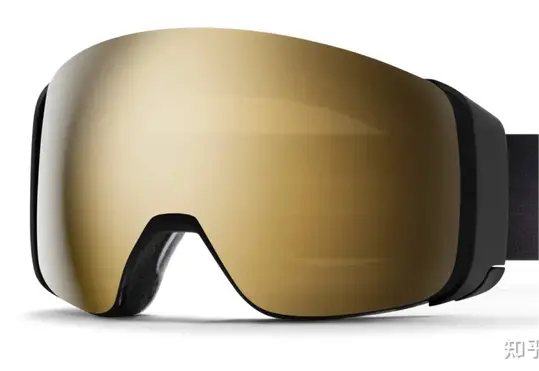
- Cylindrical lenses: More affordable but with a narrower field of vision.

4. Compatibility
Ski goggles need to fit well with helmets and face shapes:
- Helmet compatibility: Ensure the goggles are designed to fit well with helmets, leaving no gaps.
- Face fit: Different brands and models may vary in fit; try them on to ensure the goggles sit comfortably on your face without pressure points.
5. UV Protection
Ski goggles should offer 100% UVA and UVB protection to safeguard your eyes from UV rays.
6. Interchangeable Lenses
Some ski goggles come with interchangeable lenses, allowing you to quickly switch lenses based on different light conditions.
7. Brand and Budget
Choosing goggles from reputable brands typically ensures quality, but also consider your budget. For beginners, mid-range goggles usually suffice.
8. Personal Preference and Style
Lastly, choose a pair that you like in terms of color and style, as ski goggles are part of your gear and can reflect your personal style.
Before purchasing, it’s recommended to try them on in a physical store to ensure comfort and fit. If buying online, make sure to choose a retailer that offers returns and exchanges.
***Tips and Recommendations for Choosing Ski Goggles
Tips for Selecting Ski Goggles:
- Fully Enclosed Goggles: Choose fully enclosed goggles, similar in appearance to diving masks, which fit closely to the face to prevent wind from entering and effectively protect the eyes and surrounding skin from cold wind exposure.
- Flexible Lenses and Frames: Select lenses and frames with strong flexibility to avoid facial injuries in the event of an impact.
- Ventilation with Breathable Foam: Ensure the upper edge of the outer frame has ventilation openings made of breathable foam to allow the heat released by facial skin to escape.
- UV Protection: Choose lenses with a UV protection index of UV400 or higher to guard against ultraviolet rays.
- Anti-Fog Coating: It’s best to select lenses with an anti-fog coating.
- Prescription Compatibility: Skiers who wear glasses should choose goggles that can accommodate prescription lenses.
- Wearing Prescription Glasses Inside Goggles: Wearing prescription glasses inside large-frame ski goggles can be risky during falls, as they can easily cause injuries and scratch the goggle lenses, especially the coating.
- Lens Color Based on Weather Conditions: Select ski goggles with lens colors appropriate for the brightness of the weather on the slopes. Yellow, orange, and red lenses can significantly enhance brightness, but in bright weather, these colors can cause eye strain.

